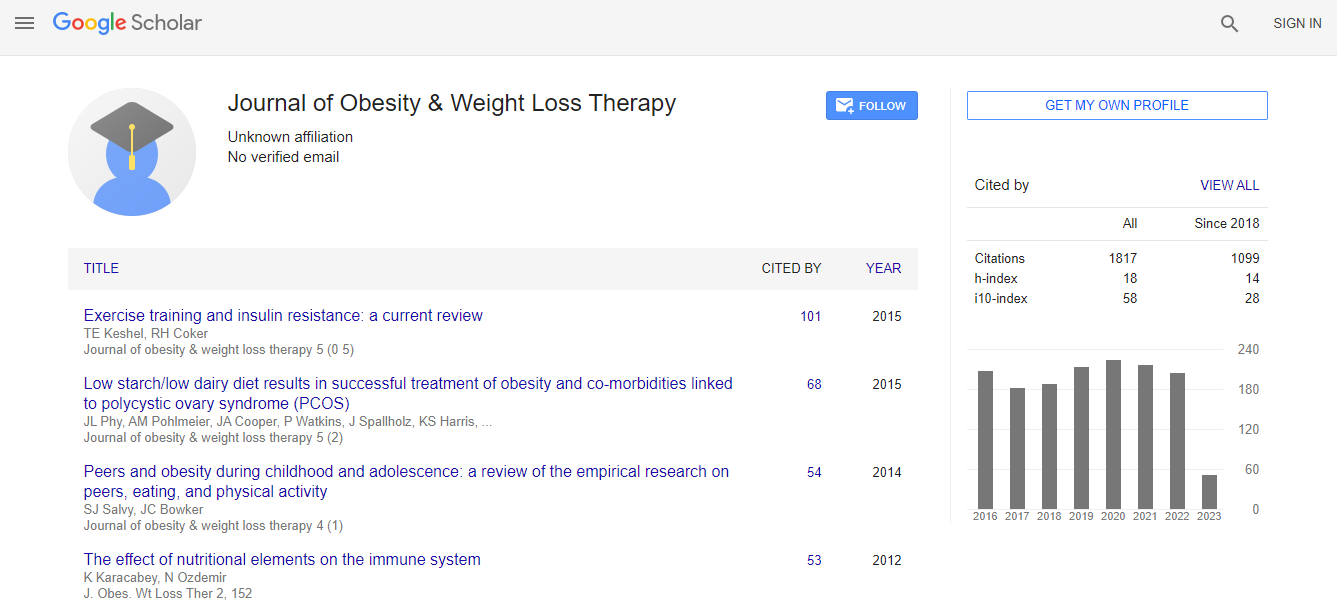Research Article
Leptin and Metabolic Syndrome in Obese Pediatric Population: A Crosssectional Study
| Teodoro Durá-Travé1,2,3*, Fidel Gallinas-Victoriano2, Lloreda Martín L1, Chueca Guindulain MJ2,3 and Berrade-Zubiri S2,3 | |
| 1Department of Pediatrics, School of Medicine, University of Navarra, Pamplona, Spain | |
| 2Department of Pediatrics, Navarra Hospital Complex, Pamplona, Spain | |
| 3Department of Pediatrics, Instituto de Investigación Sanitaria de Navarra (IdisNA), Spain | |
| *Corresponding Author : | Durá-Travé T Department of Pediatrics, Navarra Hospital Complex Avenue Irunlarrea, 431008 Pamplona, Spain Tel: 34-8484-22563 Fax: 34-8484-299-24; E-mail: tduratra@cfnavarra.es |
| Received: February 25, 2016 Accepted: April 18, 2016 Published: April 21, 2016 | |
| Citation: Durá-Travé T, Gallinas-Victoriano F, Martín L L, Guindulain CMJ, Berrade-Zubiri S (2016) Leptin and Metabolic Syndrome in Obese Pediatric Population: A Cross-sectional Study. J Obes Weight Loss Ther 6:305. doi:10.4172/2165-7904.1000305 | |
| Copyright: © 2016 Durá-Travé T, et al. This is an open-access article distributed under the terms of the Creative Commons Attribution License, which permits unrestricted use, distribution, and reproduction in any medium, provided the original author and source are credited. | |
Abstract
Background/Objectives: Childhood obesity represents the most relevant nutritional disorder in our environment. This study examines the prevalence of metabolic syndrome in an obese pediatric population and its relation to serum Leptin concentrations. Subjects/Methods: A cross-sectional clinical and metabolic study was accomplished in a group of 106 obese children (47 males and 59 females). Patients were classified in prepubertal group (Tanner stage I) and pubertal group (Tanner stages II–V). Results: Prevalence of insulin resistance (HOMA), hypertriglyceridemia, low high-density lipoprotein (HDL) and arterial hypertension (HTA) was 38.7, 45.3, 28.3 and 33.8% respectively. Metabolic syndrome prevalence (38%) was significantly higher in the pubertal group (38%) in relation to the prepubertal group (23.2%). There was a positive correlation between leptin and BMI (r=0.529), leptin and HOMA indexes (r=562) and Leptin and triglycerides (r=0,314). In addition, there was a positive correlation between HOMA indexes and triglycerides (r=596). Conclusions: Clinical and metabolic disorders associated to obesity and related to the so-called metabolic syndrome are already present in pediatric population. Leptin could play an important role in the etiopathogenesis of the metabolic syndrome.

